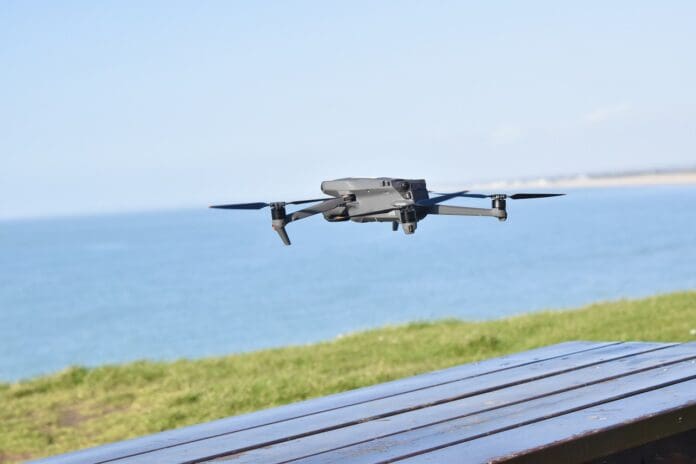This post is also available in:
 עברית (Hebrew)
עברית (Hebrew)
FIU Researchers have developed a new security system designed to protect drones mid-flight from cyberattacks that could otherwise hijack control and render them inoperable. The system, called SHIELD, was created to detect and respond to hostile takeovers in real time—potentially allowing a drone to complete its mission even while under attack.
Unlike traditional drone security tools, which focus mainly on sensors like GPS or cameras, SHIELD monitors the drone’s full internal environment, including power usage, processing load, and system behavior. This broader scope enables it to identify not just sensor-based manipulation (like GPS spoofing) but also deeper, more sophisticated attacks that target the drone’s hardware or control systems directly.
When a cyberattack occurs, the drone might behave unpredictably—changing course, hovering, or even crashing. While current defense mechanisms may detect such activity, they often shut down the mission entirely as a precaution. SHIELD takes a different approach. It identifies the type of attack and applies a targeted recovery plan, allowing the drone to regain functionality and continue its task.
The system uses AI models trained on various attack types, each of which leaves behind a unique digital footprint. These models analyze abnormal behavior patterns in real time, with detection occurring in as little as 0.21 seconds and recovery within 0.36 seconds during lab simulations, according to TechXplore.
As drones become more integrated into commercial and public sector applications—including delivery services, infrastructure inspections, and emergency response—the need for built-in cybersecurity is growing. The U.S. Federal Aviation Administration has recently proposed expanding the use of commercial drones, further raising the stakes for robust defense mechanisms.
SHIELD’s developers believe that its system-level monitoring—similar to a full medical diagnosis rather than a single symptom check—can provide the comprehensive protection required for autonomous flight in high-risk environments.
The next phase involves scaling SHIELD beyond simulation environments and preparing it for real-world deployment, where cyber resilience may be as critical as flight performance.


























